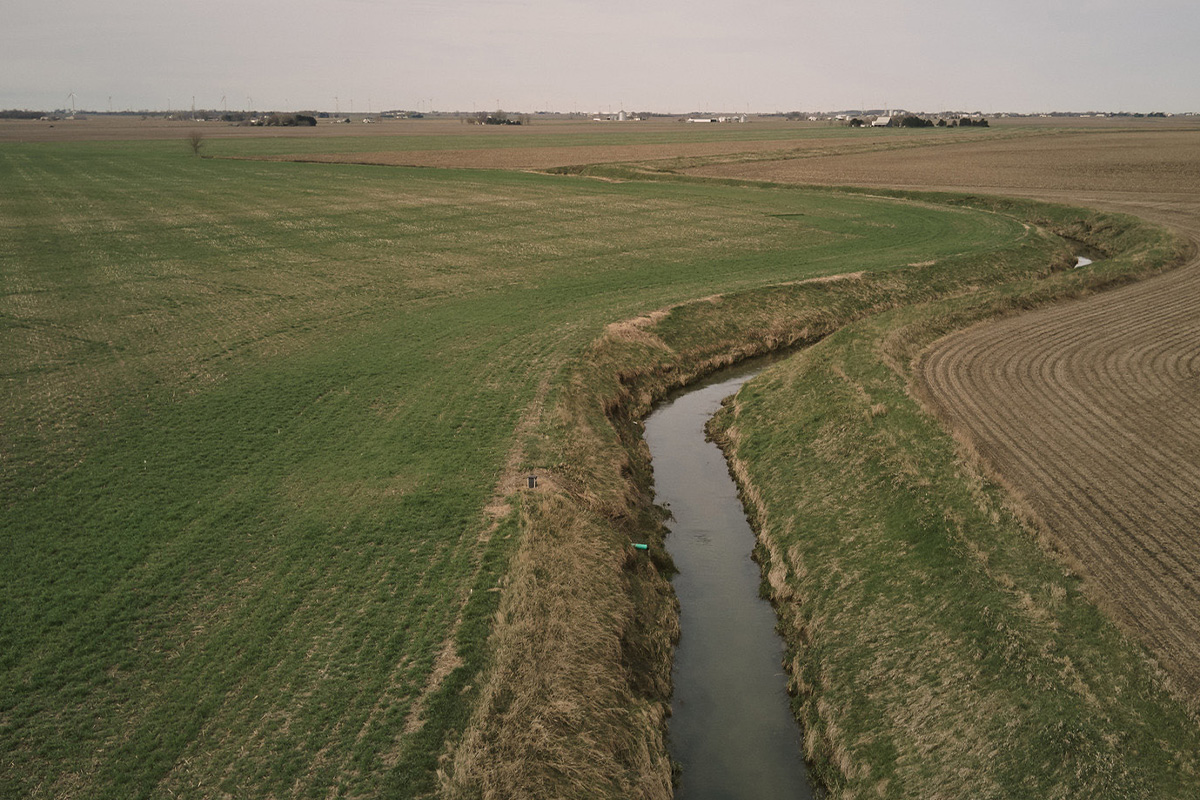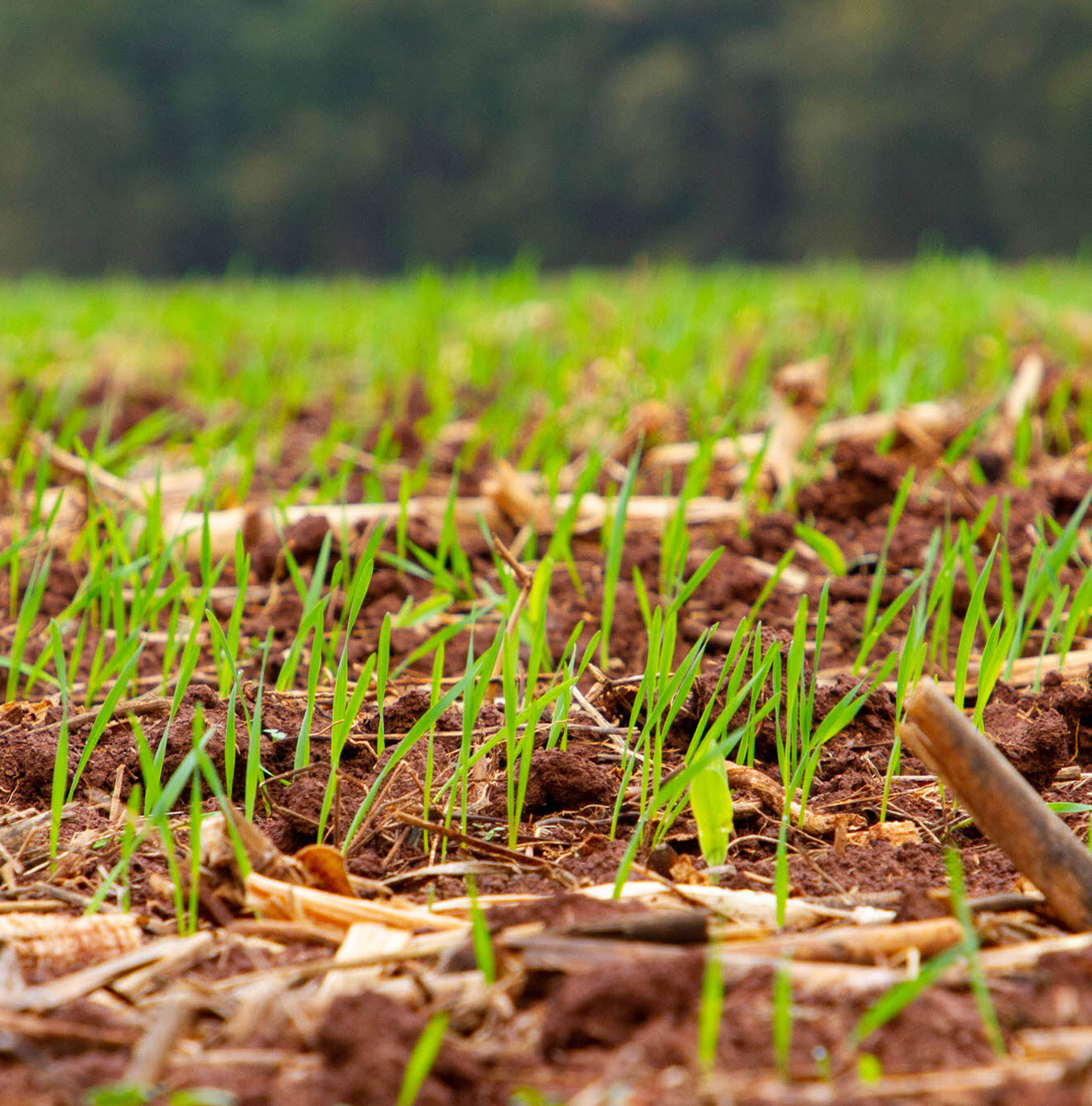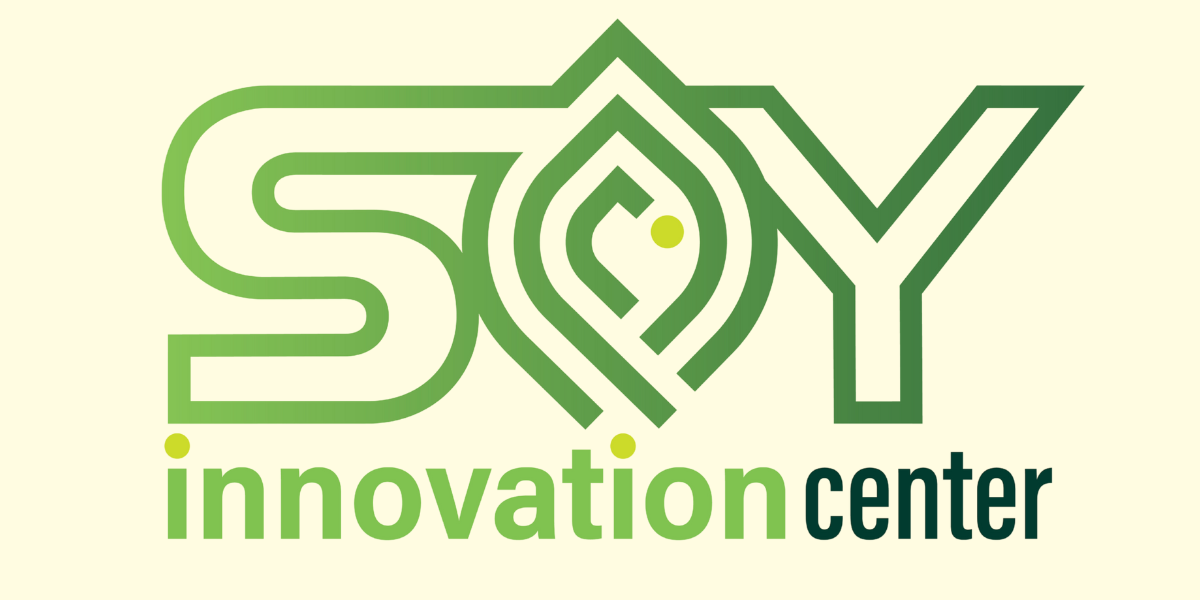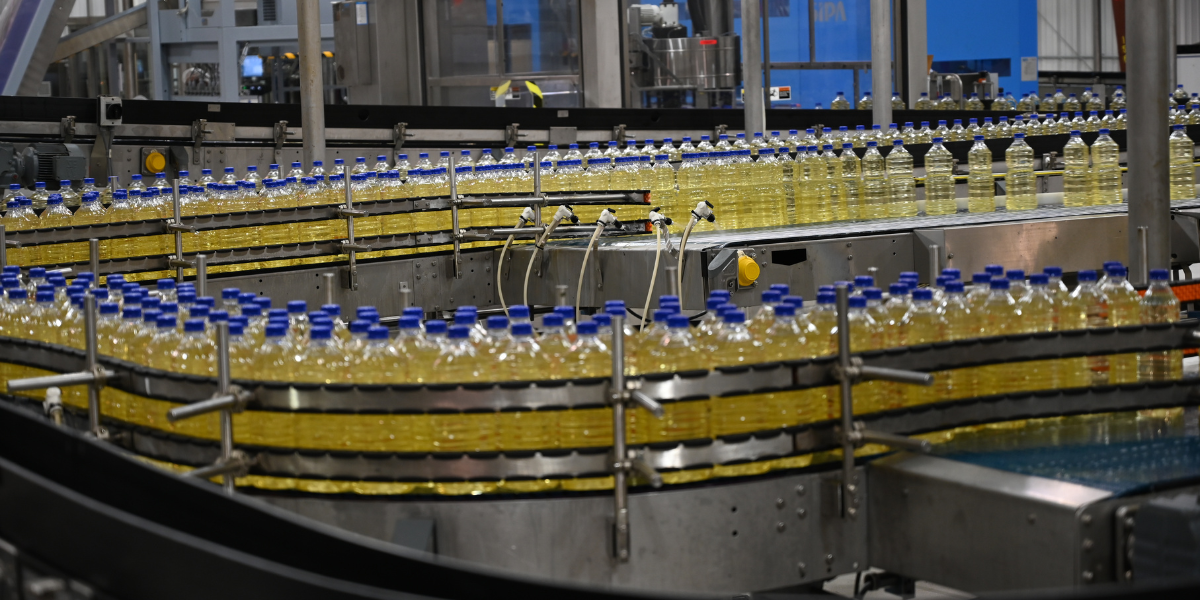Illinois farmers are grappling with increasing conservation challenges, including regulatory threats around pesticide and nutrient inputs and market pressures for achieving climate-smart agriculture goals. These challenges necessitate a shift in farm operations, involving the adoption of innovative technologies and best management practices that demand both time and financial investment.
There is a need to support farmers as they adopt conservation. Contrary to popular belief, most of these practices do not yield immediate agronomic benefits. In fact, they introduce new challenges that can impact a farmer’s livelihood. For instance, cover cropping, a well-known conservation practice, can provide agronomic benefits to farmers including increased profitability. Unfortunately, those benefits are often not evident for several years. However, in the short term, cover cropping increases costs, can reduce yields and may hurt farm profitability. Delayed benefits and increased costs are common hurdles to most conservation measures farmers are encouraged to adopt.
Soil and Water Conservation Districts
These challenges can often be mitigated more quickly with the technical expertise provided by conservation organizations such as Illinois Soil and Water Conservation Districts (SWCDs). SWCDs are a network of 97 county-level organizations, guided by a volunteer board and in partnership with the U.S. and Illinois agriculture departments, that lead local conservation initiatives.
Often located within the local USDA office, the SWCDs play a crucial role in channeling state and federal conservation dollars to help farmers adopt key conservation practices. Meanwhile, their operational funding and staffing are provided by the State of Illinois. Funds provide salaries for dedicated employees who form the “conservation frontline,” supporting farmer-led conservation efforts.

Soil and Water Conservation Districts are a network of 97 county-level organizations guided by a volunteer board and in partnership with the U.S. and Illinois departments of agriculture. They lead local conservation initiatives.

Recent legislative investments gave the impression that policymakers were beginning to prioritize investments in agriculture and conservation. Unfortunately, this year, the General Assembly approved a significant $4 million cut to SWCDs, notes ISA Environmental Policy Manager Corey Lacey.
Inconsistent Funding Undercuts SWCDs’ Mission
Unfortunately, SWCDs have been undercut by inconsistent state funding. Over the past 20 years, operational funds provided to SWCDs have averaged $5.5 million annually, or $56,700 thousand per county. During this period, funding has fluctuated dramatically, including a total cut in 2016. Additionally, advocates estimate that attracting and retaining qualified SWCD staff would cost the state closer to $10.5 million annually, suggesting that the districts have never received the state funding needed to accomplish their mission. The history of inconsistent and inadequate state funding hampers individual districts’ ability to retain talented conservationists, who could earn significantly more in the private sector.
In recent years, legislators have made historic investments in SWCDs, with $9 million in 2022 and $8.5 million in 2023 and 2024. This gave many the impression that policymakers were beginning to make serious investments in agriculture and conservation. Regrettably, this year saw the General Assembly pass a substantial $4 million cut to the districts, casting a shadow over these positive strides. All the effects of this year’s cuts are not certain. Yet what’s clear is it will mean less support for Illinois farmers adopting conservation practices and less actual conservation implemented on the ground.
Support Conservation, Stabilize Funding to Districts
Conservation funding in Springfield is subject to the whims of politics. Although agriculture has its advocates in the General Assembly, most state legislators represent districts disconnected from agriculture and preoccupied with a multitude of other pressing issues. This is understandable given that running the Illinois state government, the sixth largest U.S. state by GDP, is no small feat. But to ensure adequate funding for the SWCDs and broader Illinois conservation, the General Assembly must act to stabilize funding, insulating it from political discord.
Traditionally, collected state taxes are deposited into the Illinois General Revenue Fund (GRF). Through the budget process, state legislators appropriate conservation funds from the GRF to the Partners for Conservation Fund (PCF). The PCF then allocates these funds for various conservation purposes, including allocating funding for the Illinois Department of Agriculture to support SWCD operations. This process of appropriation and allocation can cause confusion and leaves conservation funding vulnerable to political maneuvering.
This year, at the behest of the Illinois Soybean Growers (ISG), State Representative Ann Williams (D-11) introduced marker bill HB 5225 to the General Assembly. If passed, a small percentage of state taxes would be directly deposited into the PCF, streamlining the process and bypassing many of the political obstacles that arise during the usual appropriation and allocation process. As a marker bill, HB 5225 was not intended to be enacted this year but rather to highlight the need to stabilize conservation funding.
If Illinois is to address its conservation challenges, support farmers and protect the environment, legislators must consider ways to stabilize conservation funding. This could be achieved by reintroducing and passing HB 5225 in the next session.
Recent Articles
As it celebrates its one-year anniversary, the ISA Soy Innovation Center is dedicated to facilitating the research and commercialization of new and innovative soy-based products with a focus on three primary categories: textiles, bio-lubricants and industrial applications.
By IL Field & Bean Team
Did you know soy can be used to replace nearly any product made from petroleum—including plastics? Soy-based plastics offer a nontoxic alternative to everyday items, contributing to sustainability and representing an exciting opportunity to drive demand for Illinois soy.
By Dylan Karis, Lead Chemist, Airable Research Lab


